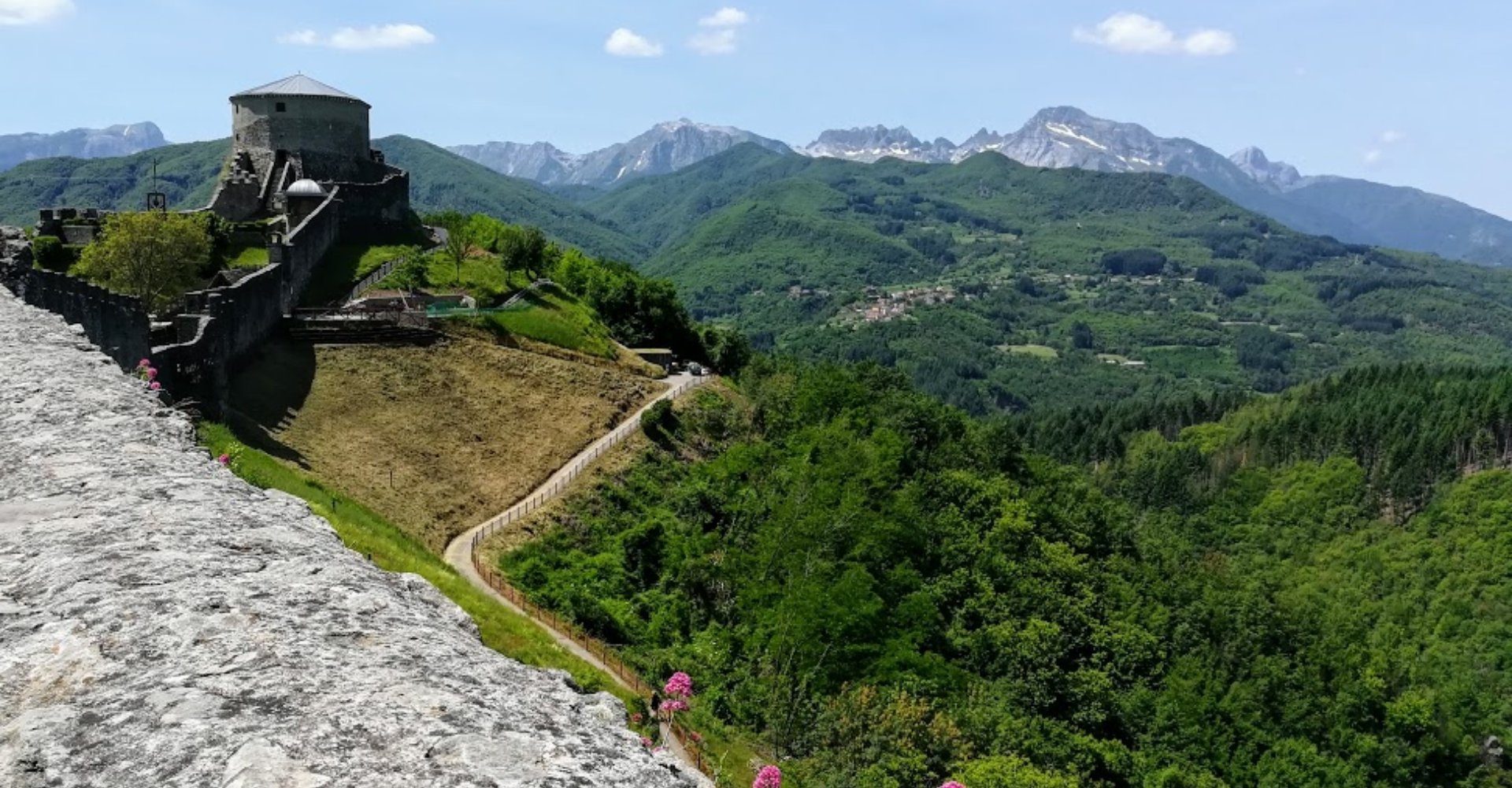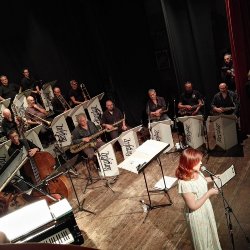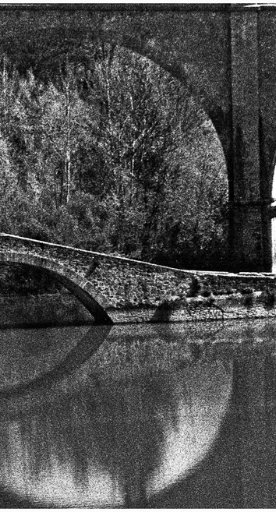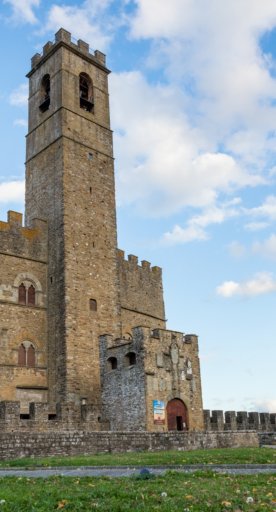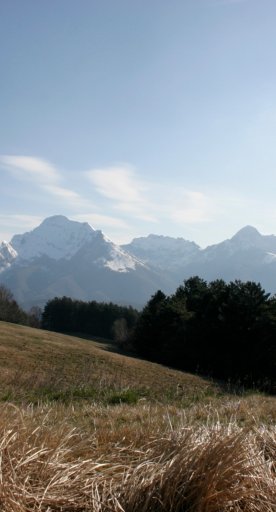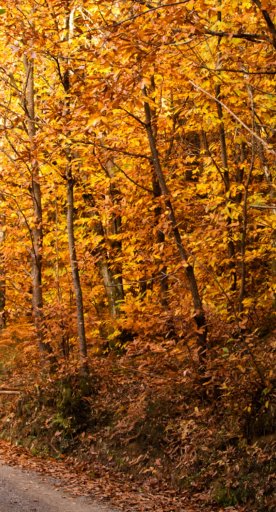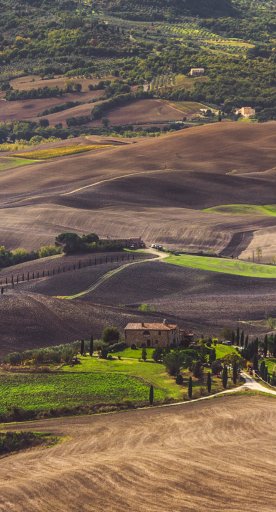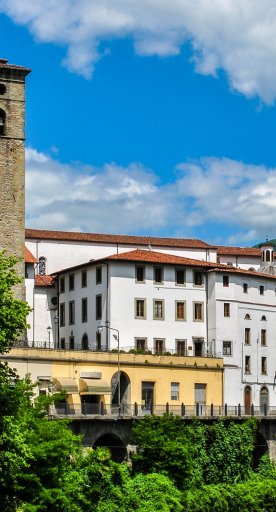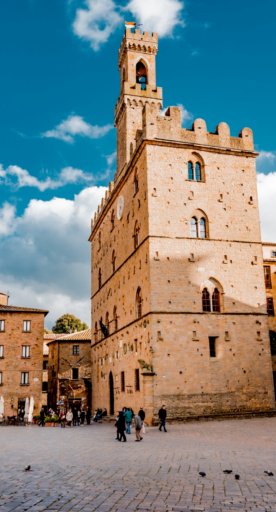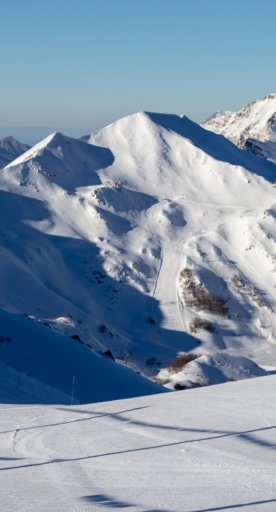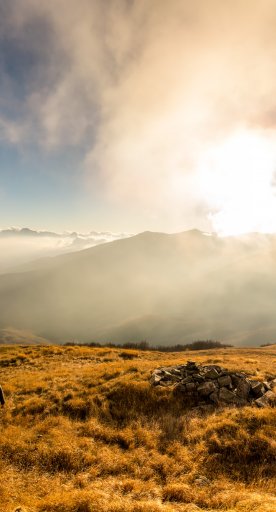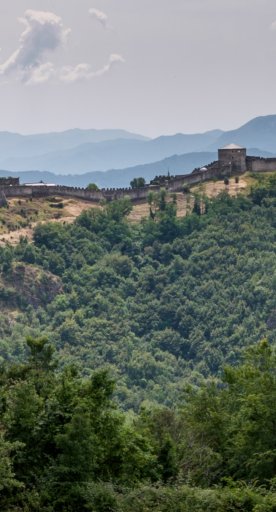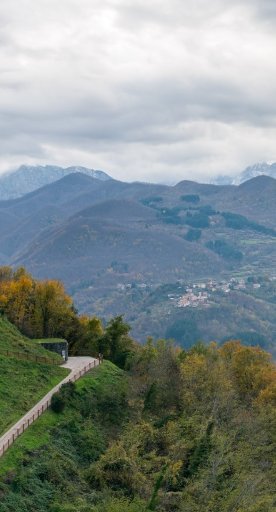The Matildica Way of the Holy Face: a way of bridges, fortresses and forts
Watchtowers and impregnable castles dominate the Garfagnana's views, and centuries-old stone arches over waterways seem to lead into a fairy-tale world.
Mountain peaks and valleys draw the outline of Garfagnana, a green and somewhat wild-looking territory dotted with fortresses, forts and castles, where ancient stone bridges have stood on the bed of the Serchio river for centuries. Following the Via Matildica del Volto Santo you plunge into a splendid, at times fairy-tale land, and encounter numerous constructions full of charm, whose origins are often lost in the mists of time, mingling even with legend.
Many of the forts that have watched over Garfagnana for centuries tell of an ancient past, punctuated by the steps of Roman troops first, medieval commanders later. Their imposing silhouettes accompany travelers along the way, or observe them from afar: this is the case with the striking Fortezza delle Verrucole (Fortress of the Verrucole) which, with its polygonal tower and long walls, seems the perfect setting for a fantasy film.
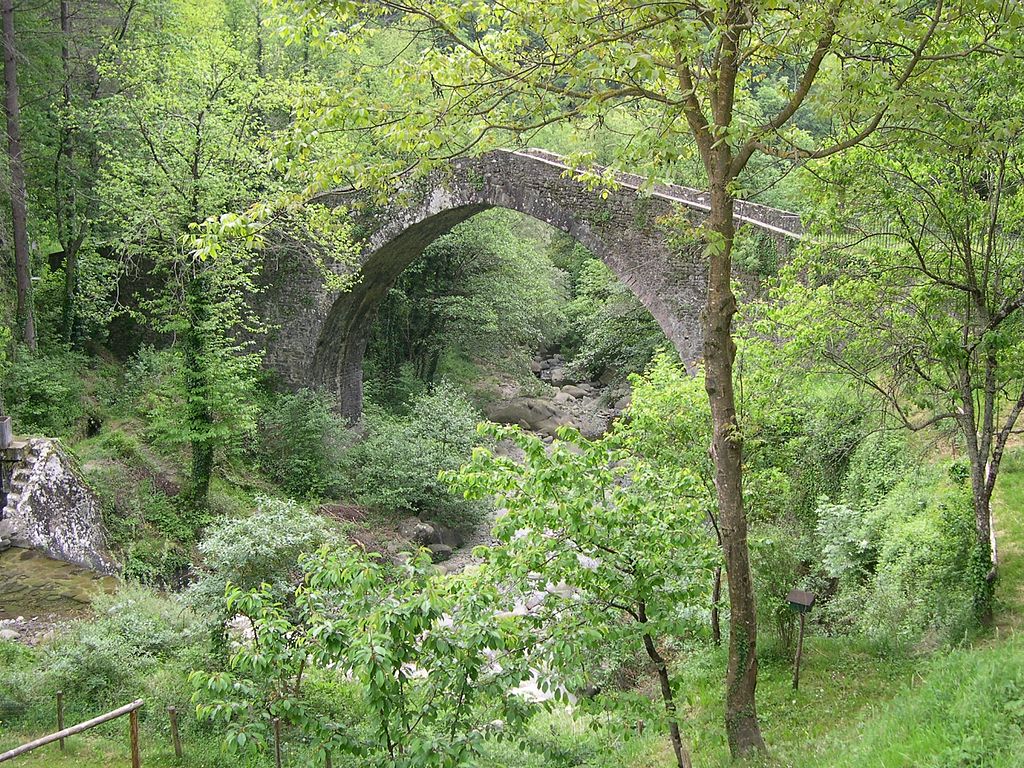
After entering Tuscany from the Apennine pass of San Pellegrino, one of the first fortified villages reached by the Via Matildica is Castiglione di Garfagnana. Roman in origin but medieval in layout, the castle was fundamental in ensuring a military control over the Apennine passes, and precisely because of its importance was besieged repeatedly. The fortress, the ramparts and high walls of the ancient castle greet travelers as they leave the village and enter the woods, where the Ponte dei Molini reveals itself among the bushes. Built during the Middle Ages, the bridge exudes the old-world charm of stone buildings, and with its round arch overlooks the Esarulo stream, a tributary of the Serchio.
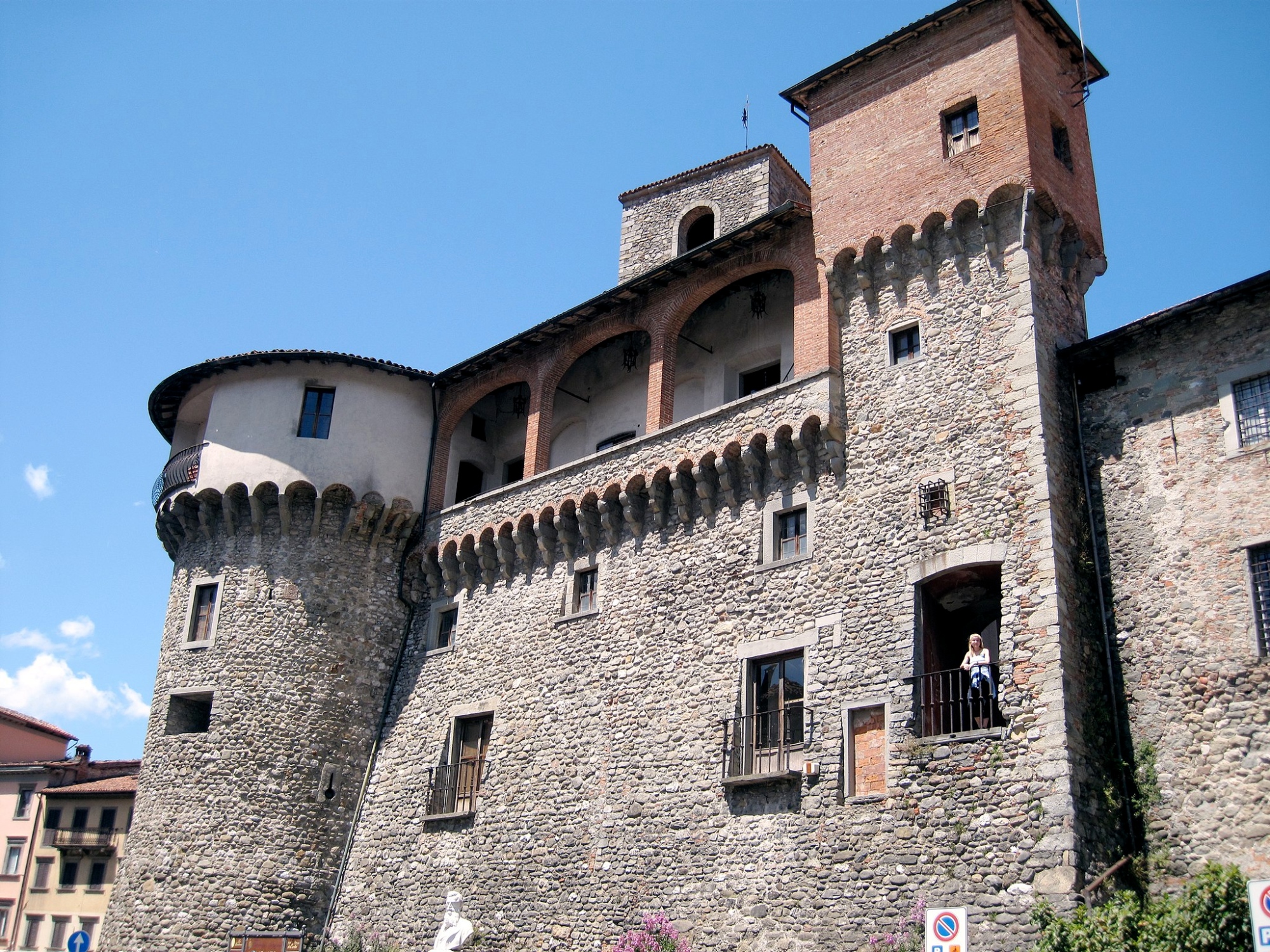
More recent are the fortresses of Castelnuovo di Garfagnana, which the Via Matildica encounters as it continues on its way to Lucca. The historic center is accessed by crossing the stone bridges dedicated to the Virgin Mary and Saint Lucia, the latter directly connected to the ancient walls. Within the village, the Rocca Ariostesca has been integrated into the urban fabric, but its charm has remained unchanged: the castle was built during the Middle Ages, but it has gone down in history for being the home of Ludovico Ariosto during the period when he was governor of Garfagnana. A short distance from the town center is located the Fortezza di Mont’Alfonso: irregularly shaped and dating back to the 16th-century, the structure stands imposingly, the last bastion of the Duchy of Este in Tuscany.
The Via Matildica del Volto Santo continues encountering again numerous fortified villages and bridges that defy the centuries. In Gallicano you cross a long walkway that rises above the Serchio river, and from the village you can reach the thousand-year-old Rocca di Trassilico, which, with its terraces and panoramic location, provides breathtaking views of the green Garfagnana landscapes.
The Ponte del Solco, partly covered and hidden by vegetation, marks the approach to the hamlet of Filecchio; from here, a few kilometers separate travelers from Ghivizzano, an ancient medieval stronghold. The village is a maze of alleys and underpasses, and ancient history can be found in the layout of the castle, as well as in the fortress and the Torre di Castruccio, which once featured battlements that have almost completely disappeared.
Inserire titolo paragrafo
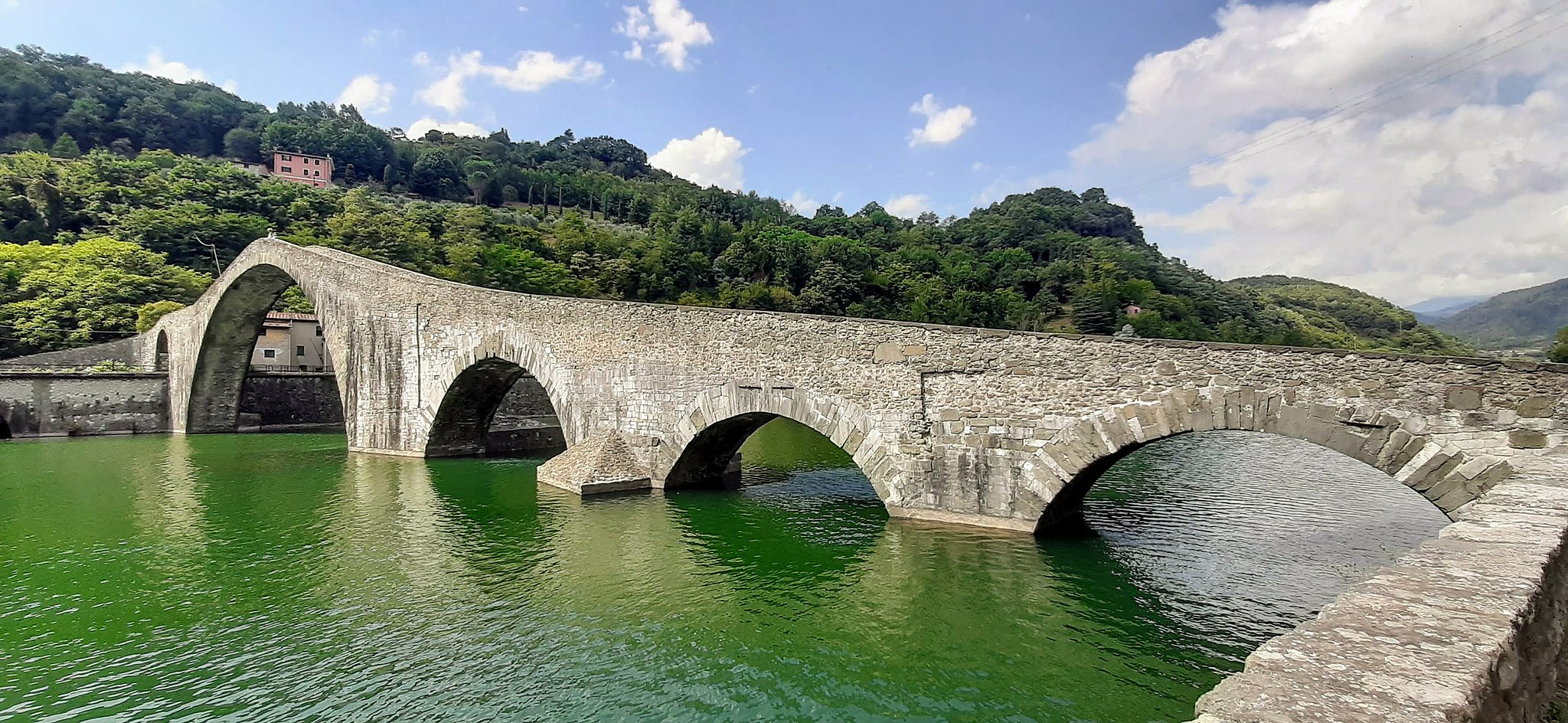
A few kilometers before Lucca, the Ponte del Diavolo stands out with its singular, irregular profile: the large round arch is flanked by three other smaller arches. The Ponte della Maddalena (this is its official name) has given rise to legends about its construction, but its origins remain unknown, although there are those who attribute its construction precisely to Matilda of Canossa.
The arrival in Lucca is sanctioned by the mighty ramparts of the Renaissance walls: the Via Matildica enters the "City of 100 Churches" through the Bastione di San Frediano, and in the last stretch of its route gives the traveler the thrill of walking on this iconic fortification, up to the end point of the path: the statue of the Holy Face.
